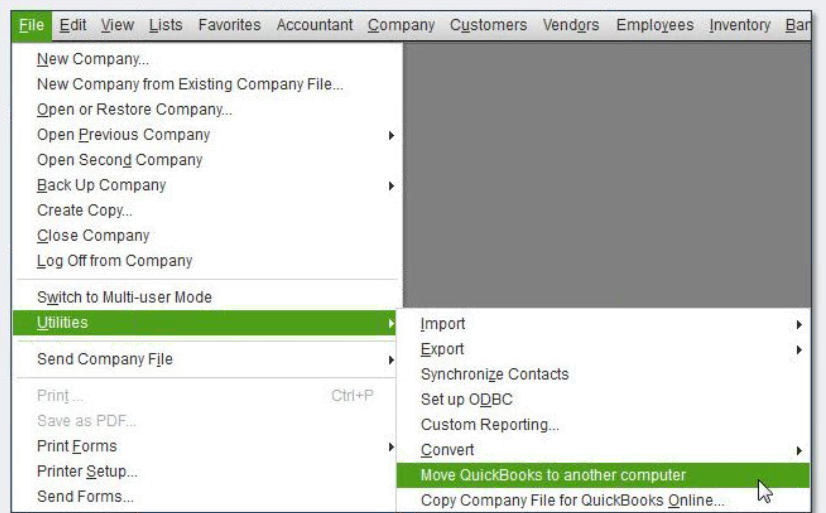by Zipbooks Admin
A Guide to Project Management

You’ve just been assigned a brand new project. Your team is excited to start and you can’t wait to get going on it, but for some reason, it doesn’t go quite the way you plan. Things come up and the project timeline starts to unravel.
Does this sound familiar? At the beginning, everyone is excited for the new project. You set ambitious goals and start having great brainstorming sessions. But then the daily grind sets in, deadlines are missed and the project starts to get put on the back burner.
It doesn’t have to be this way. Here are some great project management tips that you can use to ensure a project will go smoothly and successfully until the end.
Set clear objectives right from the start
There’s nothing more frustrating than starting a project with a team that doesn’t have the same goals and objectives as you do. The best solution is to create an outline that shows the vision of your project so you can start your project off with clarity. Who is doing what, when?
Your outline needs to begin with a clear objective that will serve as the grounding force behind all that you do. Everything your team does from the beginning until the end of the project should reflect your main objective. It’s helpful to always start each meeting by stating its purpose so you don’t waste time meeting when you should be doing.
The project outline should include timelines. A schedule will let everyone know what is expected from them and what performance benchmarks should be and how much time to give to this project.
Schedule short meetings at the beginning of the day to keep momentum going. When things are up in the air, your team might start to wonder about what the best way to spend their time and they might be sidelined on other projects. When teams work on projects that have a meeting schedule, projects will stay top of mind and the team will be more prepared every time they meet.
Make sure to keep project timelines reasonable. A timeline proves that these meetings have an end in sight and finishing the project is actually doable. Having too tight of a deadline can lead to stress which will weaken creativity and intuition. Having too much time gives team members an excuse to procrastinate.
Write out a timeline beforehand and then find someone you know who can help give you an idea as to whether your timeline is realistic. Your timeline should be easy to comprehend but thorough enough for your team to use as a reference throughout the whole project.
List your team members in the outline so everyone will know who’s involved in the project and who will do what. Seeing everyone’s skill set for the project will give your team members confidence in completing it. An outline with everyone’s pictures above their description will help the team get to know everyone quicker.
Along with your team members listed, it’s important to show the project budget. The budget lets your team know from the start the scope of your project and what aspects of the project are priority. ZipBooks lets you make estimates which will make it easier to figure out your budget.
Once you have an outline ready to go, it’s time to meet with your team and go over everything. Make sure everyone is onboard. Sometimes you find team members who don’t see the same vision as you do. Make sure before you start working that everyone wants to take part in this project and that they are able to commit to it. This will help solve problems that may come up later.
Establish your team’s strengths and leadership abilities
I have found that projects run the smoothest when everyone is using their strengths to work together. By letting your team know each person’s individual strengths, the team will find ways to work together more effectively. Instead of focusing on people’s weaknesses, focus on the strengths. This is key to help your team feel confident in completing the tasks.
It’s also important to establish who will lead the team. It’s important that whoever leads a team is able to care both about the needs of the individual team members and about getting the tasks done on time.
According to Harvard Business Review, the most productive, innovative teams were typically led by people who were both task- and relationship-oriented. Finding the right person to lead the team will make all the difference in completing the project.
Finding points of progress
A big project can start to feel overwhelming. When the project progress slows down, chances are team members will be less productive. Establishing milestones is a great way to keep your team motivated to work until the end. Taking some time to talk as a team about what you have accomplished and how well your team worked helps keep your team going strong.
When striving to reach a milestone, let your team know how close they are. Remind them of the goals you set together and how far you’ve come as a team. When a milestone has been reached, take some time to celebrate. Also be sure to discuss the next milestone that same day, as to keep the fire going strong. This will increase positivity and help your team push towards the next steps of the project.
Communication is key
During the whole process of the project, it is important to have solid communication with your team. Communicate frequently with individual team members as well as collectively in groups. Often, concerns will come and if they aren’t resolved quickly, productivity suffers.
When I was recently finishing a project, I spoke to one of my account managers. They expressed frustrations with one of the team members for not working to potential. I was able to talk with this team member before things got too heated.
I found out that he was feeling overwhelmed with the workload that he was given. It started to become so stressful for him that he couldn’t work through the stress. We discussed some of the tasks that were bogging him down and I realized he thought he needed to do much more than was required of him. I simplified his tasks and helped him see everything was doable.
After talking with him, he went right to work and made wonderful progress. Letting someone voice their frustrations in the right setting can be enough to fix a simple problem.
Final feedback at the end
You have finally finished the project and your team feels great. This is a great time to get feedback and discuss what went well and how to improve for the future.
By doing this, your team will be more likely to work with you again because they see you are always looking to improve. It’s great to discuss feedback as a group, but also allow your team to write down their feedback anonymously for those who don’t feel comfortable voicing their opinion out loud.
By following these steps, you will see more success as you continue to take on new projects. While getting to the end might seem like quite the journey, the payoff is great when you can look back and see all the wonderful progress you’ve made as a team.





